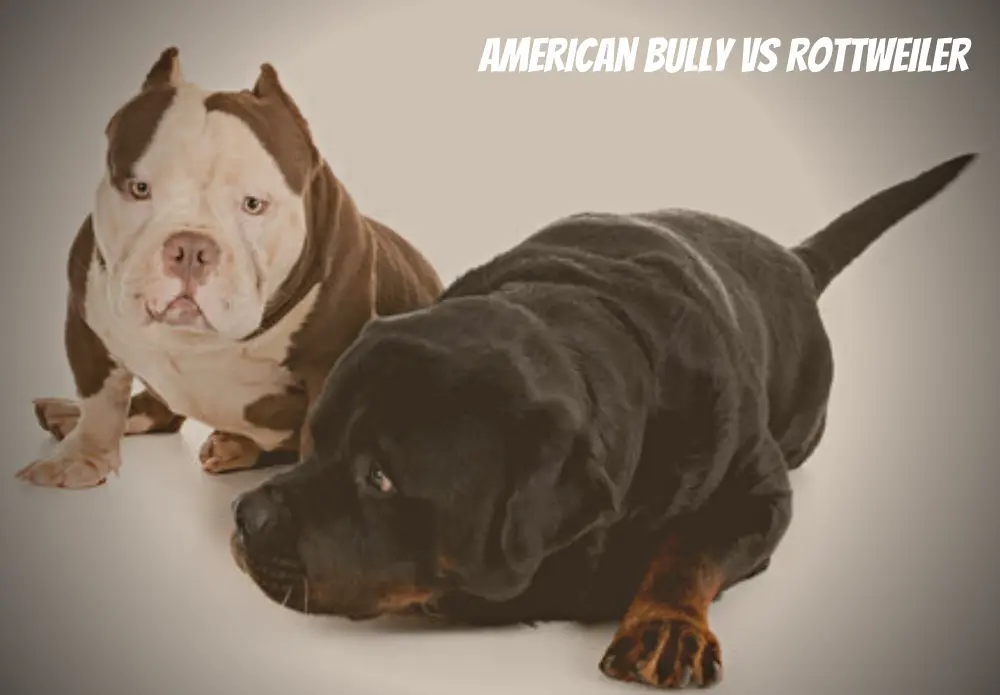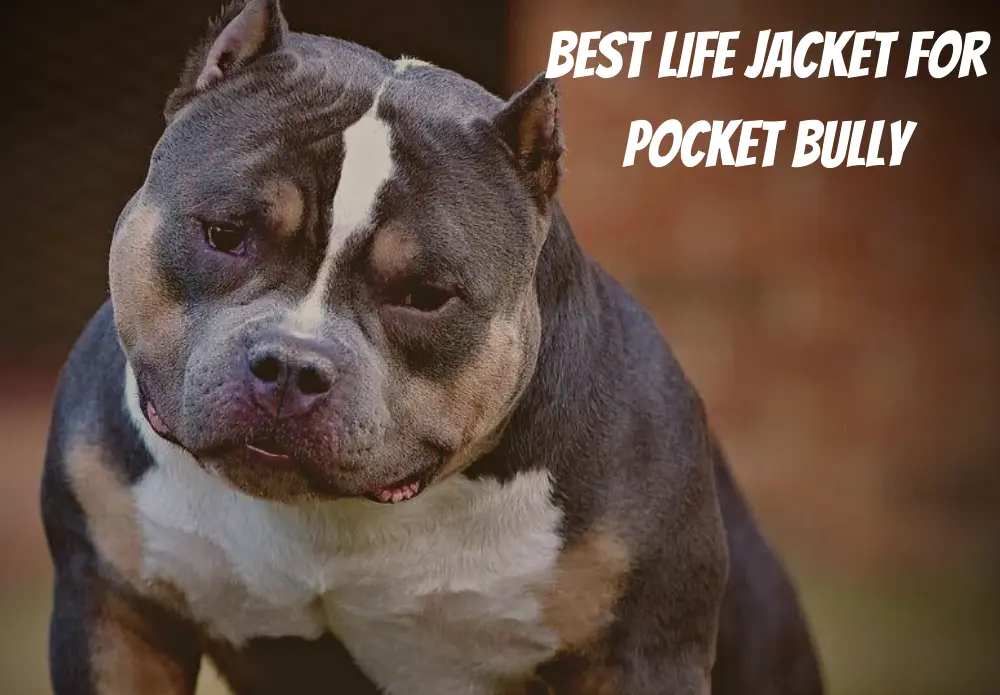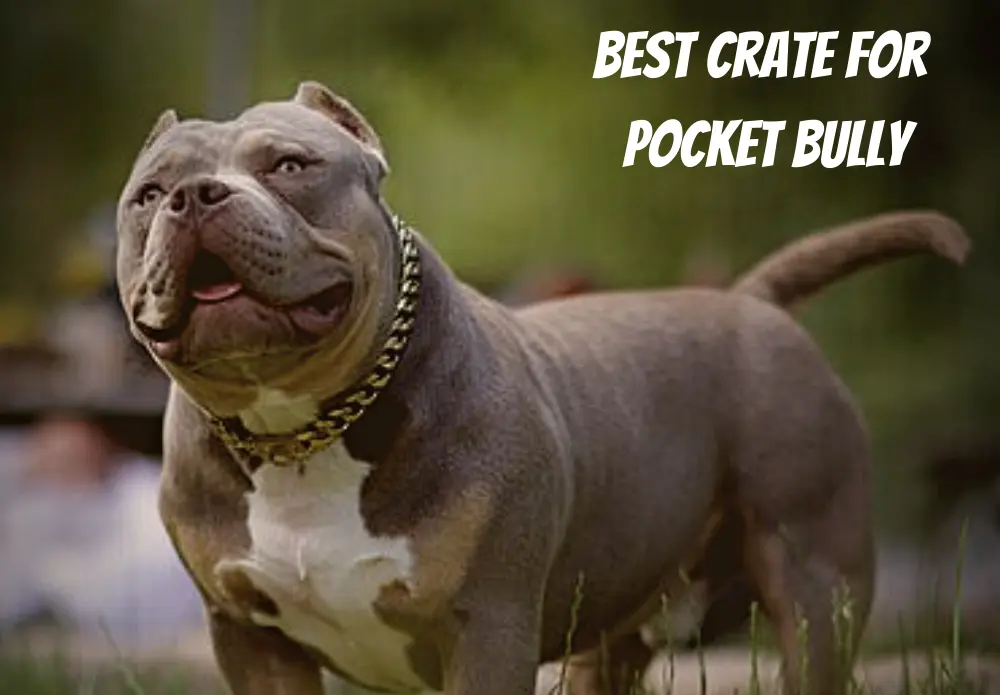Rottweiler originated in Germany, while American Bully originated in the United States. In comparison to Rottweilers, American Bullies may grow 19 cm/7 inches shorter.
Rottweiler may weigh 22 pounds more than American Bully, but only by 10 kg. The lifespans of American Bullies and Rottweilers are quite similar. Compared to Rottweilers, American Bullies could have smaller litters. American Bullies and Rottweilers both need little maintenance.
History of American Bully and Rottweiler
Rottweiler
The Roman cow dogs are said to be the ancestors of the Rottweiler. In 74 AD, the Roman Empire established a camp in Germany. Das Rote Wil and later Rottweil were the names of the region. The Rottweiler was utilized as a cow dog and for bear hunting in the middle ages.
The Rottweiler and Leonberger International Club was established in Germany in 1899. Due to the development of railroads in the 19th century, the necessity for the breed decreased as cattle were transported by rail.
When the first global war broke out, demand for police dogs skyrocketed. In both the First and second world wars, Rottweilers were quite important. ADRK, or the Allgemeiner Deutscher Rottweiler Klub, was founded in 1921 by several German Rottweiler clubs.
This is supposedly Rottweiler’s home club. In 1931, the American Kennel Club recognized them. In 2013, they rose to the ninth-most popular breed in America.
American Bully
The American Bully breed, created in the United States in the middle of the 1990s and officially recognized by the United Kennel Club on July 15, 2013, is an augmentation of the American Pit Bull Terrier breed, with the ultimate goal of producing the best family companion.
Because they result from selective breeding, their characteristics and temperament are artificial, so many other breeds, including the English Bulldog and Old English Bulldog, have influenced them.
Appearance
Rottweilers
Rottweilers have a pleasant disposition, are obedient, and are eager to work. They make a great watchdog since they are serene and assured. They won’t immediately become pals. Since they make good companions and watchdogs, Rottweilers can be considered an all-purpose breed.
As a genital characteristic, he excels in guarding and herding. The Rottweiler must be trained early, and training should be smooth. If appropriately trained, their high energy level makes them motivated to work. Due to the watchdog propensity, there are increased chances of biting strangers.
They have a natural gathering approach, which makes them excellent sheepherders. They are cunning and adapt the barking sound to the circumstance. Also they used to challenge the dominant member of the flock during herding to demonstrate their authority.
If they were required to observe the same herd of cattle frequently, they would get close to them and show care for them as long as the cattle complied with their orders.
American Bully
American Bullies have a healthy amount of muscle. These dogs are good family pets. Because of their balanced head and body proportions, they are exceedingly energetic and agile. Despite having silky coats, they are extremely strong due to their size.
This dog’s superpowers include incredible strength and endurance. You must take the necessary precautions to keep your muscles in shape and prevent weight gain. The American Bully dog has the energy to perform successfully and display their talents in events.
Types of American Bully vs Rottweiler
Varieties of American Bully
The four different types of American bullies. Every breed varies slightly in both appearance and traits. It’s them,
- Standard
- Classic
- Extra Large (XL)
Standard Bully
Compared to other types, they have compact bodies of medium and large sizes. This dog gives off a little rough and rugged impression. However, they behave in a friendly manner and get along well with humans and other canines.
Classic Bully
The American Bully with inspiration is the classic type. Compared to other types, they are lighter. As a result, they are lighter and have less body mass. They lack buffness yet do have substantial bones.
Pocket Bully
The bully has the same traits and physical attributes as the standard bully. But height is the only thing that separates us. Compared to Standard, the pocket bully is shorter. Even though it is a pocket bully, simply for fun, it does not fit in anyone’s pocket.
Extra Large (XL) Bullies
Bullies that are Extra Large (XL) are quite muscular. Therefore, judging by their appearance, they are quite stunning. XL and the Bully Standard are comparable in traits, temperament, and look. They gain weight quickly.
Rottweiler Breed Variations
The German and American Rottweiler are the only two varieties recognized by breed standards.
The German Rottweiler
The type of Rottweiler that is more prevalent is the German Rottweiler. They are a huge breed that normally weighs between 110 and 130 pounds and stands between 24 and 27 inches tall.
The American Rottweiler
The American Rottweiler is a more muscular version of the German Rottweiler. They are a huge breed that normally weighs between 140 and 170 pounds and stands between 28 and 31 inches tall.
Additionally, several varieties of Rottweilers are not acknowledged by the breed standards, including:
- Mini Rottweiler
- Toy Rottweiler
- Micro Rottweiler
The American Bully thus easily prevails in terms of variety and options.
Coat and Coat Color
The coat and color of the dog are typical additional factors in dog selection. Even though both types are distinguished by their short, stiff coats, each breed has significant differences in coat type and color.
Colors of American Bully Coat
Colors available for American Bully include:
- Black
- Blue
- Fawn
- Brindle
- Red
- Chocolate
- Grey
Rottweiler Coat Colors
Although most Rottweilers have a black and tan coat, some can have a black coat with mahogany or rust markings.
The American Bully appears to be a tough dog breed because of its use of macho colorings like black, blue, and grey. The Rottweiler has a majestic appearance thanks to its black and tan coat color.
Lifespan
The lifespan and health of American Bullies and Rottweilers vary based on the breed.
| Dog | Life Expectancy |
| Standard American Bully | 12 to 16 years |
| Classic American Bully | 13 to 17 years |
| Pocket American Bully | 14 to 18 years |
| XL American Bully | 12 to 15 years |
| XXL American Bully | 11 to 13 years |
| German Rottweiler | 11 to 13 years |
| American Rottweiler | 12 to 14 years |
| Mini Rottweiler | 11 years |
| Toy Rottweiler | 12 years |
| Micro Rottweiler | 13 years |
The Rottweiler is just a little behind the American Bully regarding lifespan. Both breeds are reputed to be generally healthy.
Inherent Health Problem
It’s critical to be told of any prevalent health conditions in the breed you choose.
The Health Problems of American Bullies
American Bullies are susceptible to inherited health problems because of the breed’s diverse genetics. These health problems include:
Allergies: Grass, pollen, and other environmental allergens can cause allergies in American Bullies.
Skin Conditions: American Bullies are prone to skin conditions, including infections, hot spots, and dry skin.
Hip dysplasia: Hip dysplasia is a syndrome that can be inherited from either parent and results in abnormal hip joint development.
Elbow Dysplasia: The disorder known as elbow dysplasia, which can be inherited from either parent, causes the elbow joint to develop abnormally.
Rottweiler Health Issues
Additionally, Rottweilers might develop health problems like:
Hip dysplasia: Hip dysplasia is a syndrome that can be inherited from either parent and results in abnormal hip joint development.
Elbow dysplasia: Elbow dysplasia is a disorder that can be inherited from either parent and results in abnormal development of the elbow joint.
Bloating: The condition known as bloat makes the stomach twist and fill with gas. It is a potentially fatal disorder that requires urgent medical care.
Osteochondrosis: Osteochondrosis of the spine and hip joints is a disease that deteriorates the cartilage in the joints.
Heart Disease: Heart disease, or sub-aortic stenosis, can be inherited from either parent.
Health Care and Maintenance
American Bullies and Rottweilers can live long, happy lives with the right care and diet.
The following are essential for both American Bullies and Rottweilers in terms of health care and maintenance:
Diet: A balanced diet is necessary for all dogs, but American Bullies and Rottweilers require it more than other breeds.
Exercise: Exercise is essential for the health and fitness of both breeds.
Regular vet visits: Rottweilers and American Bullies should get checkups at least once every year.
Vaccinations: American Bullies and Rottweilers should receive the recommended vaccinations from their veterinarian.
Although American Bullies and Rottweilers share some health conditions, they are healthy breeds. Both breeds can live happy lives if given the right nourishment and care.
Grooming
Due to their short coats, the American Bully and Rottweiler are both low-maintenance dog breeds. Both breeds require a few weekly brushings
to remove any loose hair.
However, both breeds shed on a seasonal basis, and such times call for more regular brushing. Ranges from $30 to $60 for American Bully grooming. The estimated cost of Rottweiler grooming: is $40 to $80 because they have a double coat, Rottweilers require more frequent grooming than American Bullies.
Diet
Dietary requirements for the Rottweiler and American Bully are similar. Both breeds require a high-quality, protein- and fat-rich diet.
Diet for American Bullies
To maintain its muscular build, a diet rich in protein and fat is essential for the American Bully. They also require a diet rich in calories to maintain their high energy level. Bullies’ diets could consist of the following:
- Beef Chicken Pork
- Fish
- Eggs
- Vegetables
- Fruits
Diet for Rottweilers
Like the American Bully, the Rottweiler requires a diet rich in protein and fat to maintain its muscular structure. They also need a diet rich in calories to maintain their high energy level. The diet of a Rottweiler may include the following:
- Beef
- Chicken
- Pork
- Fish
- Eggs
- Vegetables
- Fruits
Exercise
The American Bully and the Rottweiler are energetic dogs requiring much activity. Each day, both breeds require at least 30 minutes of exercise.
Given that both breeds are regarded as working dogs assigning them a task is crucial. This can take the shape of fetch games, obedience training, or even training for agility. Without a job to do, your dog could get bored and destructive.
Temperament and Behavior
Every dog lover has to decide which breed of dog to keep as a pet or friend. Before making a final choice, you must be aware of the temperament and behavior of each breed.
American Bully Reputation
The American Bully is a friendly, outgoing breed with a lot of energy who enjoys playing. They are highly bright and simple to train dogs. American Bullies are excellent guard dogs because they are devoted to and protective of their families.
Despite having the genetic capacity to be aggressive, American Bullies are not an aggressive breed. These dogs are trained to be kind and loving friends, even for children.
The Reputation of Rottweilers
The Rottweiler is a devoted, obedient, and trainable breed. They are sharp-witted canines that make excellent guard dogs. However, if not properly socialized and taught, Rottweilers can become violent.
Rottweilers require a knowledgeable owner who can discipline them firmly and consistently. They are not suggested for new dog owners.
Price
A breeder’s Rottweiler typically costs between $1,500 and $2,500, and one with a distinguished pedigree may cost considerably more. While the American Bully, due to its wide variety, can cost you between $2,500 to $8,000.
Conclusion
Each breed of dog has its own set of temperamental and behavioral characteristics. Before choosing a breed, it’s crucial to think about your lifestyle and personality.
The Rottweiler and the American Bully are wonderful canines who would make devoted and devoted mates. I hope you and your family can discover the ideal breed of dog.






